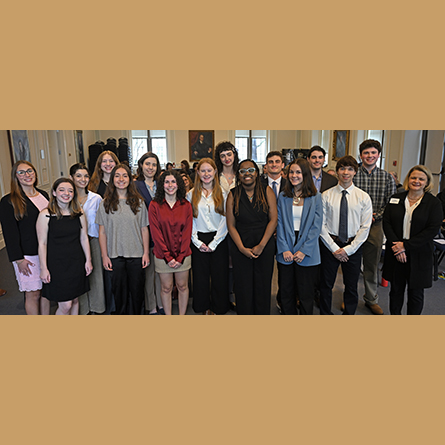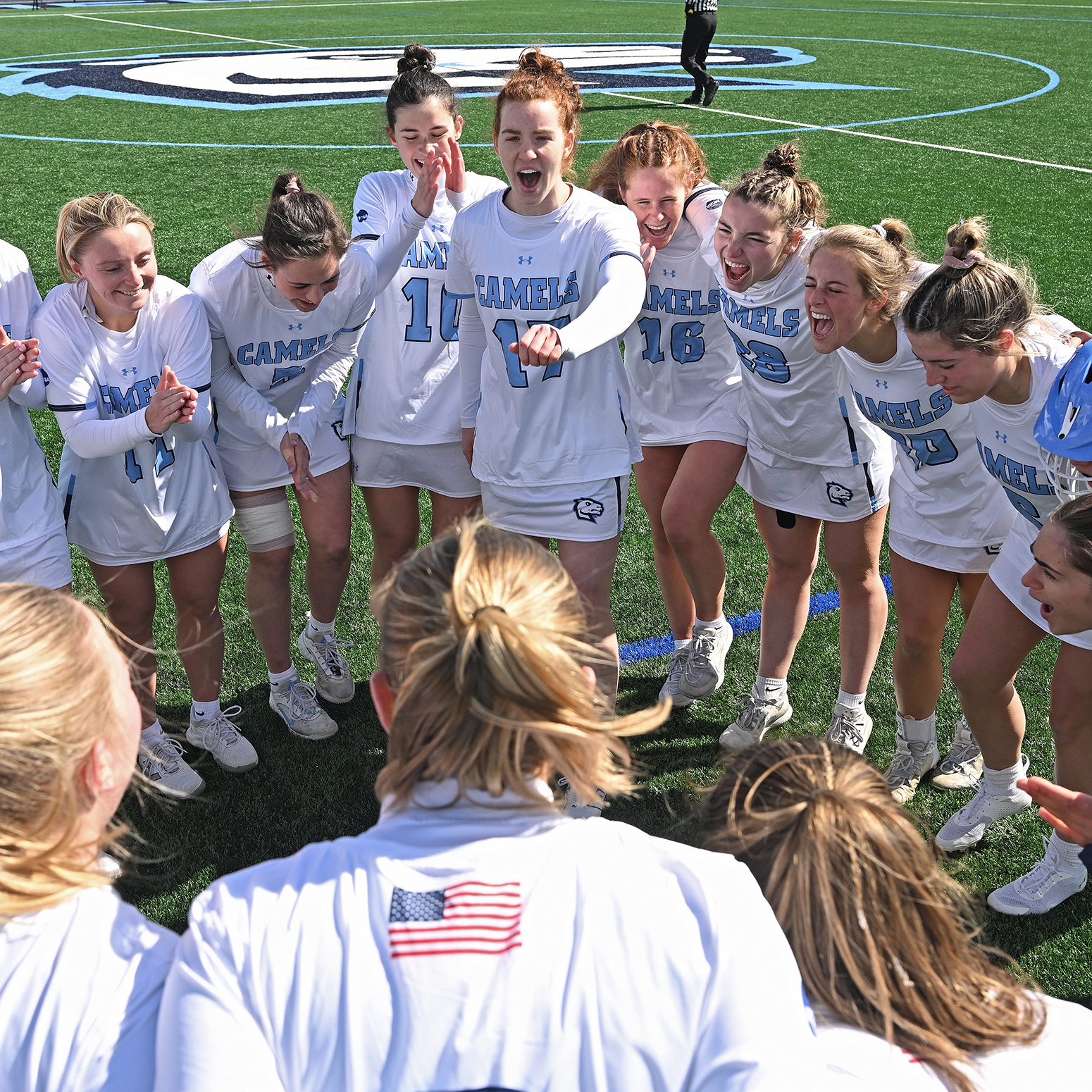
Staying put: Professor wins grant to explore alternatives to the Great Migration narrative
Amanda Russhell Wallace, assistant professor of art at Connecticut College, has received a research and development grant from the prestigious Graham Foundation for Advanced Studies in the Fine Arts.
The $6,500 grant will support Wallace’s lens-based project, “The East Texas Oilfield as an Architecture of Memento Mori,” which relates to the Great Migration narrative, characterized by Black Americans fleeing the South for better lives in Northern cities during the early 20th century.
Wallace, who joined the Connecticut College faculty in 2020, is a lens-based multimedia artist who specializes in digital photography and time-based media. Her work has been featured in a variety of venues including the Wattis Institute for Contemporary Arts, El Museu Valencià de la Il·lustració i de la Modernitat (MuVIM), Newark Museum of Art, Flux Factory and the Massachusetts Museum of Contemporary Art (MASS MoCA). Wallace also previously received the 2020 Center for Documentary Studies at Duke University Documentary Essay Prize for her series, “Mourning Breaks,” a project that ties together poetry and family photography.
Wallace’s newest work focuses on the Black Americans who stayed to participate in the East Texas oil boom, as proved through names found on headstones in a cemetery in Tatum, Texas, which corresponded to names found on land and property records.
“This project proposes an alternative to the Great Migration narrative by conflating the open and expansive architectural structures of the East Texas oilfield and the often secluded, rural cemeteries,” said Wallace.
“A key question for me is: What did some Black Americans remaining in the South hope to gain via participation in the oil boom and/or intrastate migration? I am interested in the blindsided, residual aftermath culturally, socially, geographically and economically of the East Texas oilfield boom during the early 20th century on Black families.”
Wallace envisions the resulting research to “inform a multimedia project that experimentally reimagines via historical collaging a particular intrastate landscape during and after the Great Migration.”
“I am pleased to have this support from the Graham Foundation because the unearthed information will expand upon my ongoing work related to Texas. And of course, it will be great for the work to reach a wider audience, especially Black Americans who might be unfamiliar [with this history].”
Founded in 1956, the Graham Foundation for Advanced Studies in the Fine Arts fosters the development and exchange of diverse and challenging ideas about architecture and its role in the arts, culture and society.
To learn more about Wallace’s work, visit her website.
- By Amanda Sanders ’22

